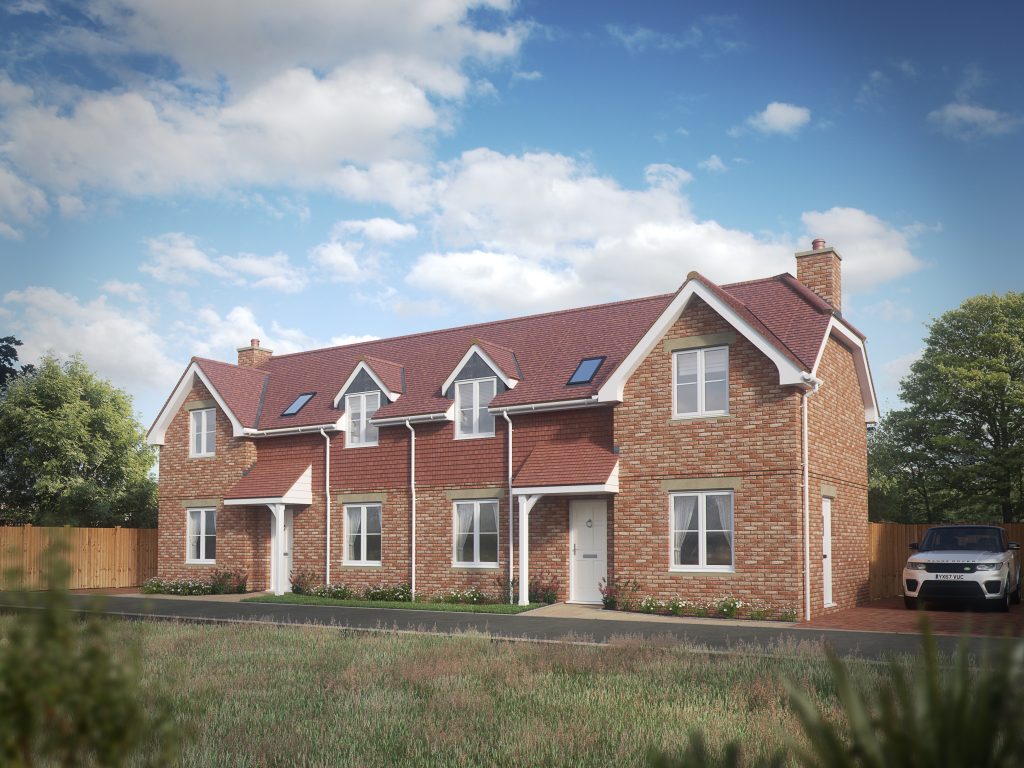Shared Ownership or Shared Equity?
Many people get confused over the ways that they can purchase a new affordable home, but the principles are generally the same, save that the legal mechanism may differ depending on the rules of the provider, the model offered and the prevailing rules of the mortgage lenders.
In both cases a purchaser needs a mortgage (unless paying with cash) but, with shared ownership, there may also be rent to pay (which is likely to increase annually).
Landspeed’s shared ownership products do not require rent payments as our view is that our purchasers would prefer to use their money to secure a greater ownership share of their new home.
With shared ownership the freehold of the property (or long leasehold in the case of flats) stays with Landspeed and our purchasers are granted a shared ownership lease of at least 99 years duration. A lease of this duration is considered as an ownership and therefore we have a shared ownership.
With shared equity a purchaser owns the freehold of a house (or long leasehold of a flat) and thereby becomes the only owner. The discounted element is secured by Landspeed by way of a legal charge which protects the discount for future households should the initial purchaser choose to sell. Because Landspeed have a control over this equity we therefore share the equity with the owner – hence ‘shared equity’.
Some shared equity schemes (such as the Government’s ‘Help to Buy’ scheme) provide a loan to the purchaser equivalent to the discounted element of the price. This loan triggers interest payments at a point in the future and there is usually an obligation to repay the loan when the property is sold. Landspeed’s affordable shared equity schemes do not advance a loan and therefore there is nothing to charge interest on or repay.

